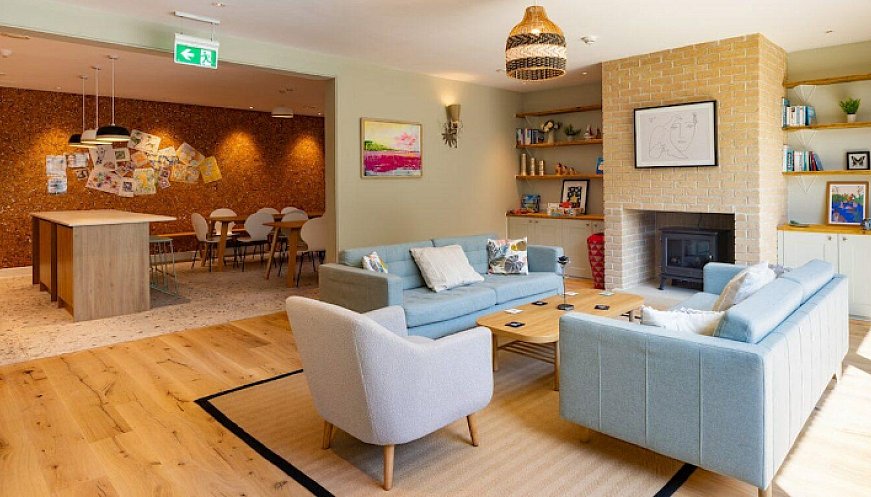 Photo: Fotohaus
Photo: Fotohaus
Trauma-informed design helps make buildings part of the healing journey for people who need it most. "We look at spaces in a way that anticipates a person's potential triggers, or what might raise their stress levels, and work with design to mitigate that," says Christine Cowart, co-founder of the Trauma-informed Design Society (TiDS). In design terms, safety is key, as are communal areas that encourage socializing and strengthen relationships with support staff. The article looks at three 'healing' buildings - Hope Street in Hampshire, England, for women released from prison, on remand, or serving a community sentence, and their children; Family Village Shelter in Portland, Oregon, US, a peaceful refuge for up to 17 homeless families; and Laurel House, a refuge for young people who have been homeless in Colorado, US.
More:














